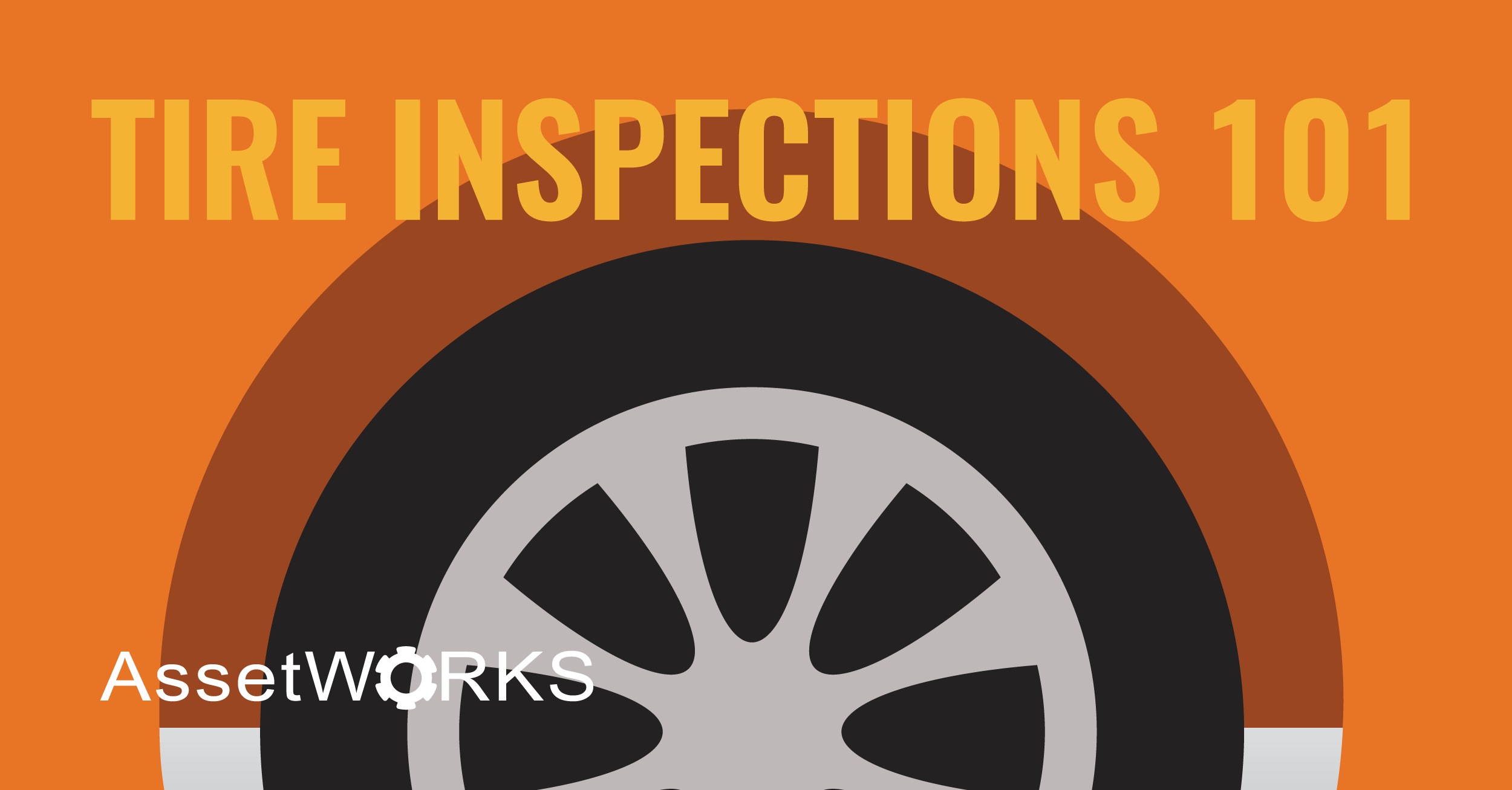Fleet management is integral across various industries, ensuring efficient operations and logistics. In the rapidly changing technological landscape of 2024, new developments are changing how fleets operate, creating opportunities for further innovation and efficiency.
This blog delves into the key trends propelling transformative changes in fleet management, from the electrification drive to the integration of predictive maintenance technology, aiming to help fleets stay ahead of their competitors.
1. Growth in Mobility-as-a-Service (MaaS)
MaaS is forecasted to grow in popularity in 2024, and long-term is estimated to increase by over 23 percent by 2030. With this trend, fleet managers are actively exploring vehicle-sharing strategies and reevaluating their management processes- shifting their focus towards optimizing vehicle utilization, budget control, and environmental impact. This change requires fleets to leverage data analytics and fleet management software to customize services, embrace vehicle sharing, and prioritize key metrics.
2. Intelligent Fuel Management
Managing fuel can be a significant challenge for fleets as it directly impacts operational costs, sustainability, and overall fleet efficiency. In 2024, the industry will see more advanced tools utilized to enhance fuel management efficiency. These tools involve deploying systems that track vehicle performance, providing drivers with immediate alerts on fuel usage to improve driving efficiency, ultimately reducing fuel consumption. Analyzing fuel transactions and integrating this data with predictive maintenance practices allows managers to optimize fuel usage and manage costs.
Learn about AssetWorks’ fuel management system that has already helped fleets reduce their fuel costs: assetworks.com/fuelfocus
3. Growth in Predictive Maintenance
Fleet management software tracks vehicle history and overall health, automating predictive maintenance based on real-time data. This proactive approach reduces costs, minimizes downtime, and ensures operational efficiency. The software enhances transparency by consolidating requests, maintaining digital records for repair costs, and improving visibility. This trend has the opportunity to not only reduce downtime but also extend vehicle lifespan, resulting in substantial cost savings for fleets.
4. Sustainability Policies Underway
The Advanced Clean Fleets regulation will go into effect in California in 2024. Acquiring zero-emission vehicles can be challenging for fleet managers due to their higher costs, so to navigate this challenge, managers must make strategic budget decisions to prevent overlapping vehicle replacements that could drive up procurement expenses.
California has been leading the nation in pursuing zero-emission goals, so we will see more states announcing their plans this year. New Mexico has already issued an executive order for state agencies to become fully electric within the next 12 years.
5. Greater Focus on Fleet and Driver Safety
Extended hours of driving increase the risk of driver safety, prompting fleets to prioritize safety measures. These include promoting safe driving habits, fostering a safety-oriented environment, and utilizing fleet software to identify areas of improvement.
Routine vehicle maintenance empowers drivers to recognize potential hazards and address repair needs. This trend will lead to more fleets creating a safety culture to encourage responsible driving behaviors.












